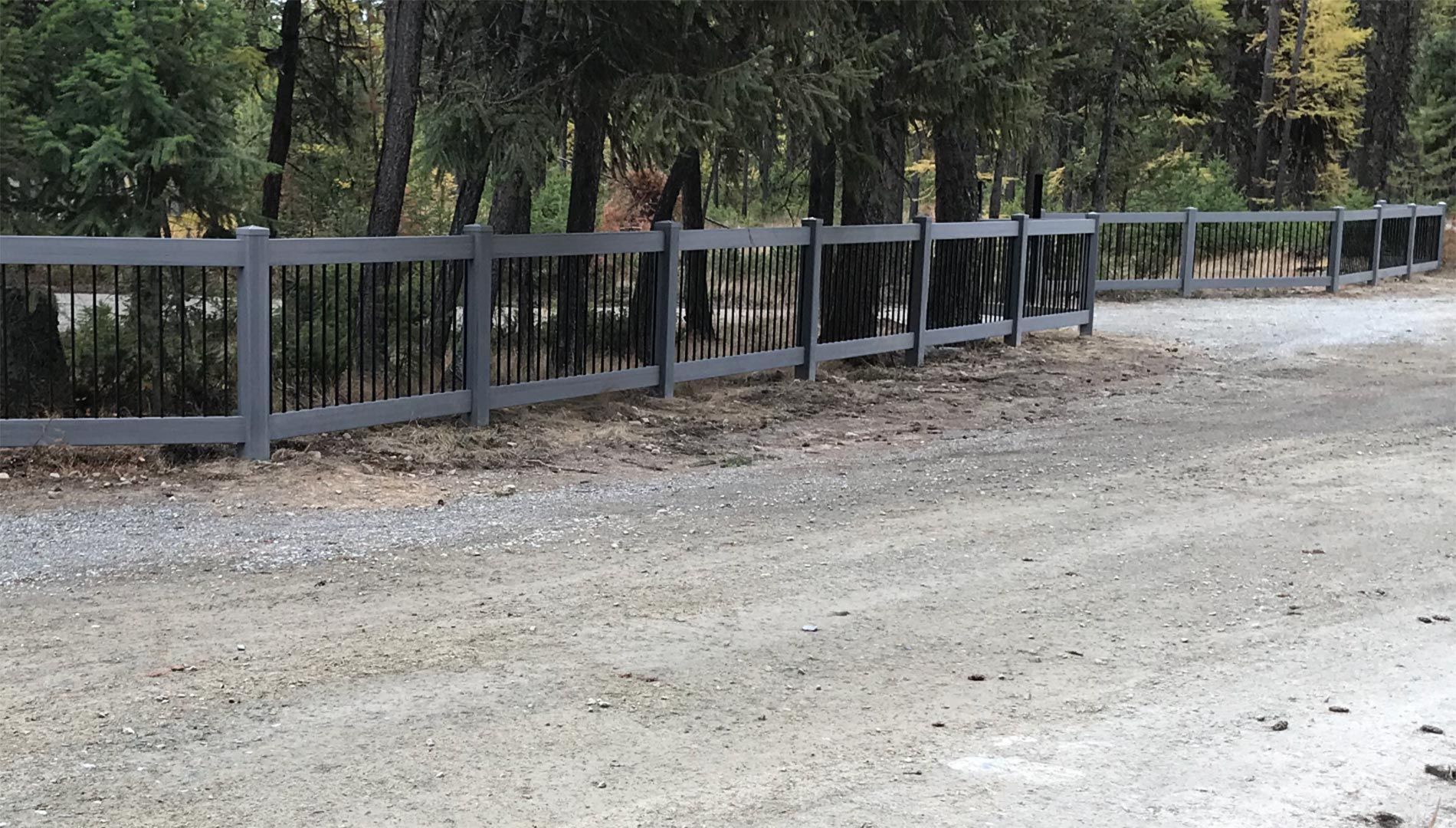Installing continuous panel fencing can be easy—if you steer clear of these common mistakes.
1. Not Preparing the Site Properly
Proper site preparation is essential for a smooth installation. Skipping this step can lead to uneven fencing and long-term issues. Common mistakes include:
- Failing to clear debris and vegetation from the site.
- Not leveling the ground properly before installation.
- Ignoring soil testing to ensure stable post placement.
Tip: Don’t rush the site preparation; a little extra time spent here will save you trouble in the long run.
2. Miscalculating Measurements
Accurate measurements are the foundation of a successful fence installation. Errors here can lead to wasted materials and uneven sections. Key issues include:
- Not measuring the entire perimeter of the fence line.
- Failing to account for gates and access points.
- Misjudging panel spacing or post placement.
Tip: Double-check all measurements and create a detailed plan before starting.
3. Choosing Cheap Materials
It’s tempting to save money by opting for cheaper materials, but this can backfire with higher long-term costs for repairs and replacements. Here’s what to avoid:
- Using untreated or low-grade metal panels prone to rust.
- Choosing subpar hardware that weakens over time.
- Opting for cheaper finishes that don’t withstand harsh weather.
Tip: Quality materials may cost more upfront but will save you in repairs and replacements down the road.

4. Overlooking Local Fencing Regulations
Local regulations are crucial when installing a fence. Failing to comply can lead to penalties or the removal of your fence. Some common mistakes are:
- Failing to check zoning laws and property boundaries.
- Skipping permit applications where required.
- Violating height restrictions or setback requirements.
Tip: Don’t skip zoning checks or permits—consult with local authorities to avoid problems.
5. Tips for a Successful Installation
To ensure a smooth installation process and avoid common mistakes, consider these tips:
- Plan Ahead: Make a clear plan, including all measurements and materials, before starting.
- Use the Right Tools: Ensure you have all the necessary tools, such as post-hole diggers, levels, and power drills.
- Work with Professionals: When in doubt, hire a professional to ensure the job is done right.
- Inspect as You Go: Regularly check your progress to catch errors early and make adjustments as needed.
Final Thoughts
By steering clear of these mistakes and following best practices, you can install a fence that lasts and enhances your property. Need assistance? Contact Montana Fence for expert advice.